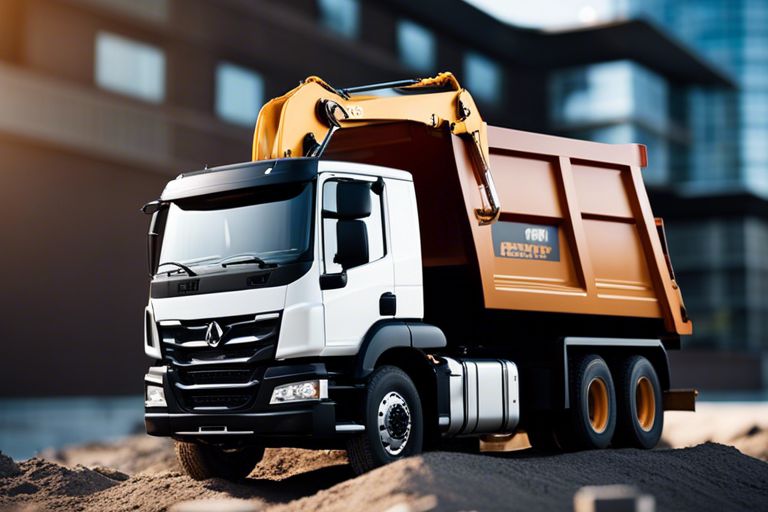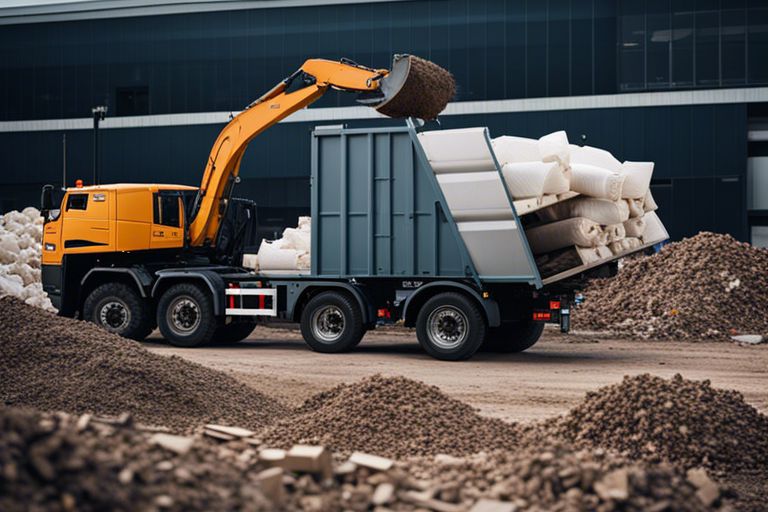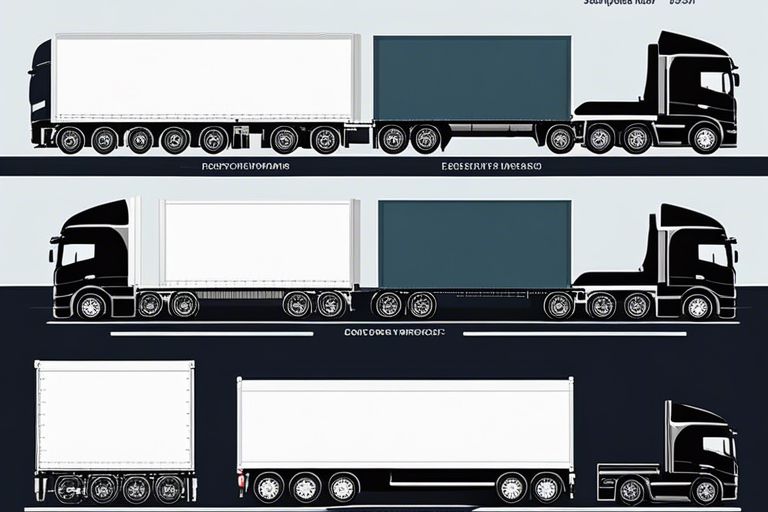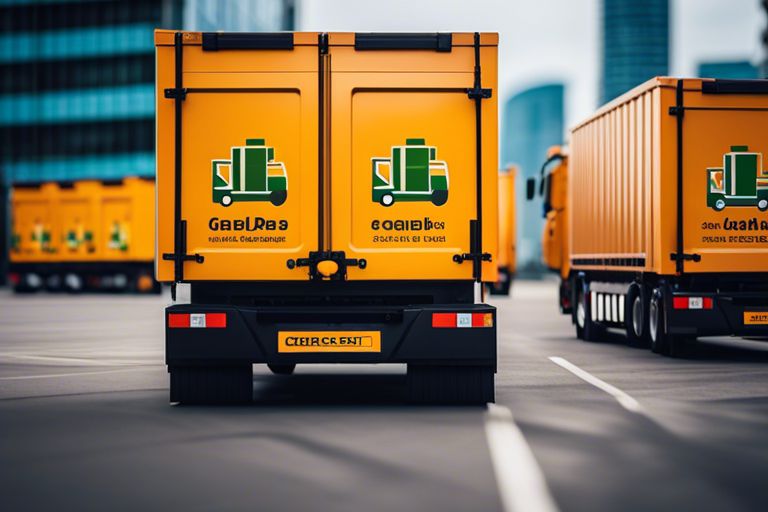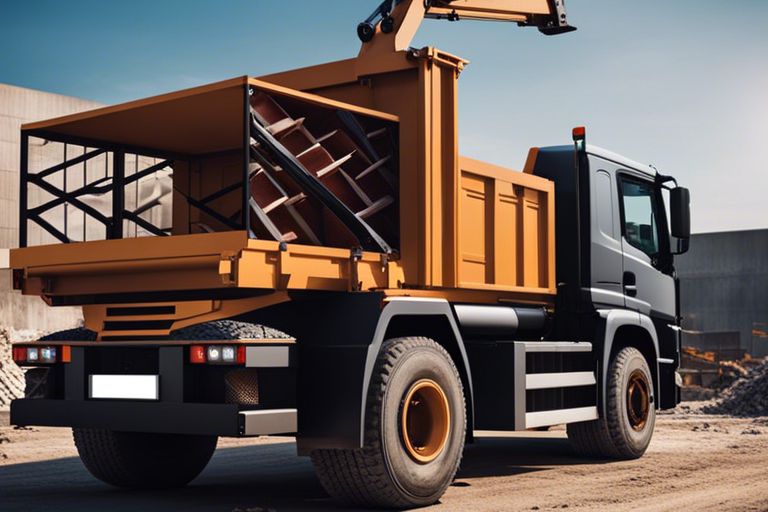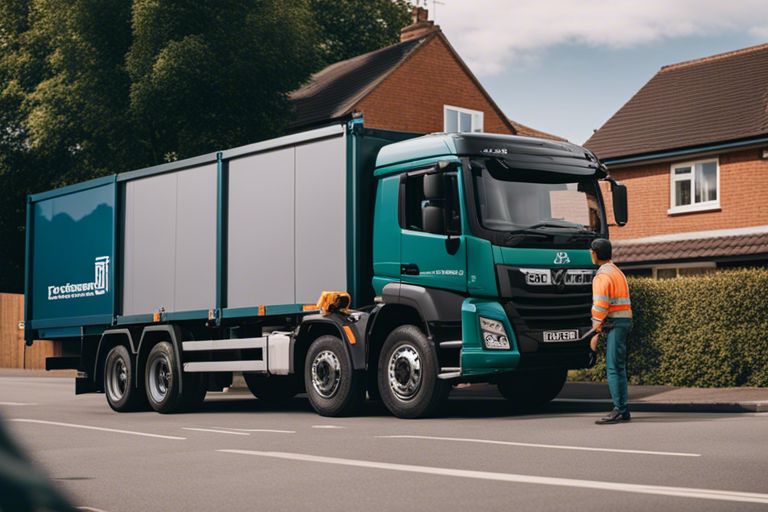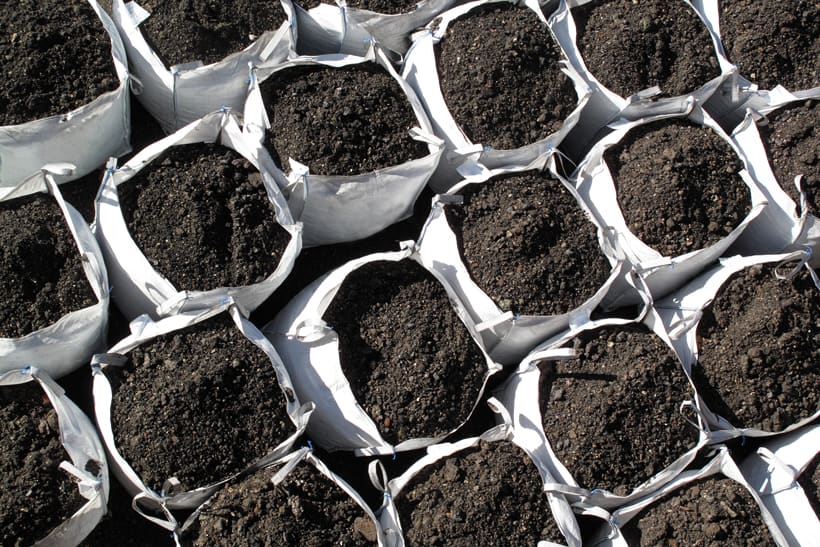Demolition. A seemingly straightforward word that encompasses a complex and potentially hazardous task. So, what does it involve? Well, demolition is the process of tearing down, dismantling, or destroying structures, whether they be buildings, bridges, or other man-made structures. This includes everything from planning and obtaining permits to the actual tearing down of the structure. It’s a job that requires precise planning, skilled labour, and compliance with strict safety regulations. However, despite its dangers, demolition can be a rewarding career for those with the necessary expertise and experience.
Types of Demolition
When it comes to demolition, there are several different methods that can be used, each with their own set of advantages and considerations. Understanding the different types of demolition will help you to choose the right approach for your project. Here are the main methods:
| Manual Demolition | What Does Demolition Work Involve? |
| Mechanical Demolition | What Does Demolition Work Involve? |
| Controlled Explosives Demolition | What Does Demolition Work Involve? |
Manual Demolition
Manual demolition involves the use of handheld tools and machinery to dismantle structures piece by piece. This method allows for precise control over the demolition process, making it ideal for smaller, intricate projects. However, it can be time-consuming and labour-intensive, requiring a skilled workforce to ensure safety and efficiency.
Mechanical Demolition
Mechanical demolition utilises heavy machinery such as excavators, bulldozers, and wrecking balls to tear down structures quickly and efficiently. This method is best suited for large-scale projects where speed and productivity are essential. However, it requires careful planning and skilled operators to avoid damage to surrounding areas.
Controlled Explosives Demolition
Controlled explosives demolition is the most dramatic and efficient method of demolition, using precisely placed charges to bring down structures in a matter of seconds. This method is reserved for large, complex, high-rise structures and requires specialist knowledge and rigorous safety measures to ensure a successful and secure demolition process.
Pre-Demolition Considerations
Before embarking on a demolition project, careful planning and consideration are crucial in ensuring the process is carried out safely and efficiently. There are several key factors to take into account, including conducting a comprehensive site assessment, understanding legal and environmental requirements, and establishing a clear plan of action.
Site Assessment and Planning
Prior to commencing any demolition work, it is essential to thoroughly assess the site and develop a detailed plan for the project. This involves evaluating the structural integrity of the building or structure to be demolished, identifying any potential hazards or risks, and determining the most effective demolition methods to be employed. Additionally, you must consider factors such as the proximity of neighbouring buildings, utilities, and public spaces to ensure the safety of both the demolition team and the surrounding environment.
Legal and Environmental Requirements
When undertaking a demolition project, it is vital to familiarise yourself with the legal and environmental regulations governing such activities. You must obtain the necessary permits and approvals from local authorities, adhere to health and safety standards, and comply with any environmental protection laws. Failure to meet these requirements can result in significant legal consequences and may pose serious risks to both the environment and public health.
The Demolition Process
When it comes to understanding the demolition process, it’s important to have a clear picture of what it involves. Demolition work requires careful planning, precise execution, and strict adherence to safety regulations. If you’re interested in learning more about what the job entails, you can read this helpful article on What Does a Demolition Worker Do? (Plus Average Salary).
Safety Protocols and Procedures
When it comes to demolition, safety is paramount. You need to ensure that you and your team are well-versed in safety protocols and procedures. This includes wearing appropriate personal protective equipment, securing the work area to prevent unauthorised access, and carefully evaluating the structural integrity of the building before beginning any demolition work. Your commitment to safety not only protects you and your team, but also ensures the safety of the surrounding area.
Demolition Techniques and Equipment
Understanding the various techniques and equipment used in demolition is crucial. Whether it’s traditional methods such as using wrecking balls and explosives or modern approaches like hydraulic excavators and high-reach excavators, you need to be well-versed in the tools of the trade. You should also have a solid understanding of the different types of demolition, including selective demolition, interior demolition, and total demolition. Your knowledge of these techniques and equipment will help you carry out the work efficiently and safely.
Debris Management and Recycling
Once the demolition is complete, you will be responsible for managing the debris and waste. This includes sorting and disposing of materials in accordance with environmental regulations. However, an important aspect of this process is recycling. By recycling materials such as concrete, wood, and metal, you can reduce the environmental impact of demolition and contribute to sustainable construction practices. Your commitment to responsible debris management and recycling is not only beneficial for the environment, but also for the reputation of your demolition business.
Challenges in Demolition
Demolition is a complex and challenging process that involves a number of potential obstacles that you must be prepared to overcome. As a demolition professional, it is crucial for you to understand and anticipate these challenges in order to ensure a successful and safe demolition project.
Hazardous Materials Handling
Handling hazardous materials is one of the most significant challenges you will face in demolition. Many older buildings contain materials such as asbestos, lead, and other hazardous substances that must be carefully identified and safely removed before any demolition work can begin. Failure to properly handle and dispose of these materials can pose serious health risks to you and your team, as well as to the surrounding environment.
Structural Complications
Structural complications are another major challenge in demolition. You may encounter unexpected structural issues, such as unstable foundations, hidden support beams, or complex building designs that require careful planning and execution. In addition, navigating through tight urban spaces or working in close proximity to other buildings can present unique challenges that require your full attention and expertise.
Understanding Demolition – What Does the Job Involve?
Drawing together all the information presented, it is clear that a career in demolition can be highly rewarding and fulfilling. As a demolition labourer, you will play a crucial role in the removal of structures and buildings, while adhering to strict safety regulations and guidelines. You will also be responsible for the operation of various tools and equipment, maintaining a clean and safe worksite, and working closely with a team to successfully complete projects. To learn more about the specific duties and responsibilities of a demolition labourer, you can refer to the Demolition Laborer Job Description Template – Jobsoid.
Understanding Demolition – What Does the Job Involve? FAQ
Q: What is demolition?
A: Demolition is the process of dismantling, destroying, or removing a structure or building. This can be done to make way for new construction, to clear the site, or to remove unsafe or dilapidated structures.
Q: What does a typical demolition job involve?
A: A typical demolition job involves the assessment and planning of the project, obtaining necessary permits, the removal of hazardous materials, the physical destruction of the structure, waste management, and site clearance.
Q: What are the different methods of demolition?
A: The methods of demolition include implosion, mechanical demolition, deconstruction, and selective demolition. The method used depends on the type, size, and location of the structure, as well as environmental and safety considerations.
Q: What kind of safety precautions are taken during demolition?
A: Safety precautions during demolition include structural stability assessment, hazard identification, proper training for personnel, the use of personal protective equipment, implementation of safety protocols, and compliance with health and safety regulations.
Q: Why is it important to hire a professional demolition contractor?
A: Hiring a professional demolition contractor ensures that the job is done safely, efficiently, and in compliance with regulations. They have the expertise, experience, equipment, and resources to handle the complexities of a demolition project.
Q: What is the environmental impact of demolition?
A: Demolition can have environmental impacts such as noise pollution, dust and air pollution, and waste generation. Professional demolition contractors implement measures to mitigate these impacts, such as dust suppression and waste recycling.
Q: What should I consider before starting a demolition project?
A: Before starting a demolition project, consider obtaining necessary permits, assessing potential hazards, ensuring proper waste management plans, and consulting with professionals to determine the best method for your specific project.

